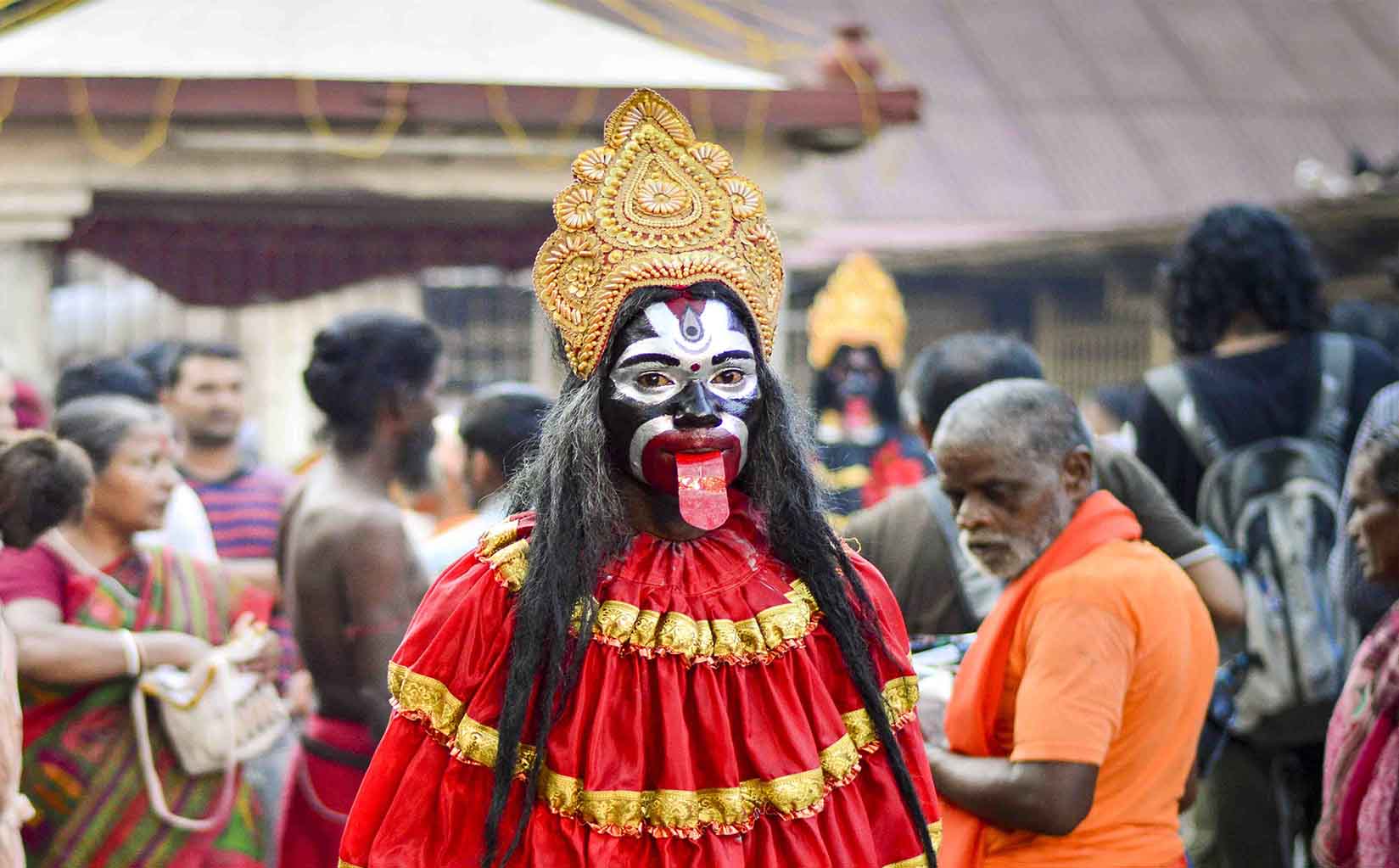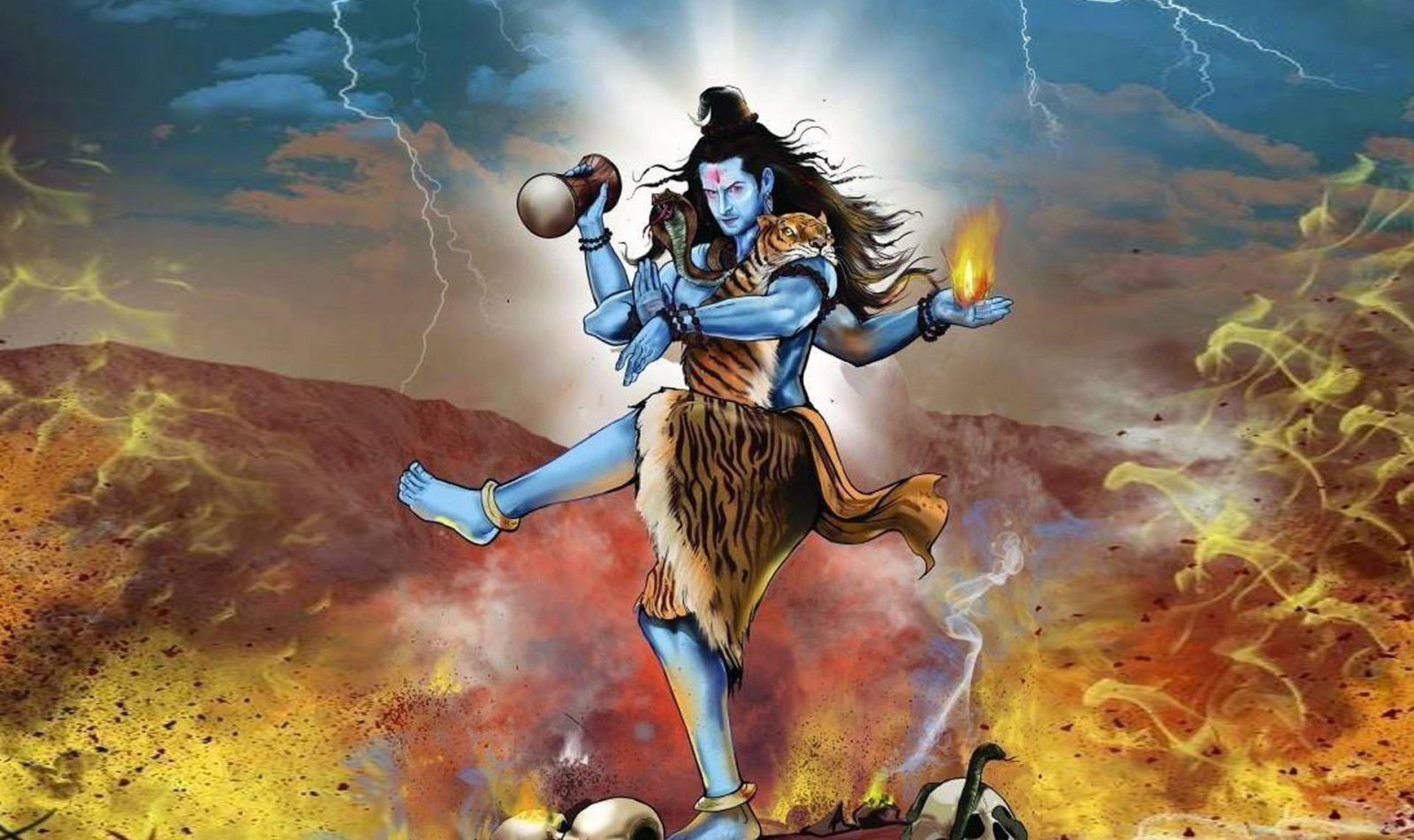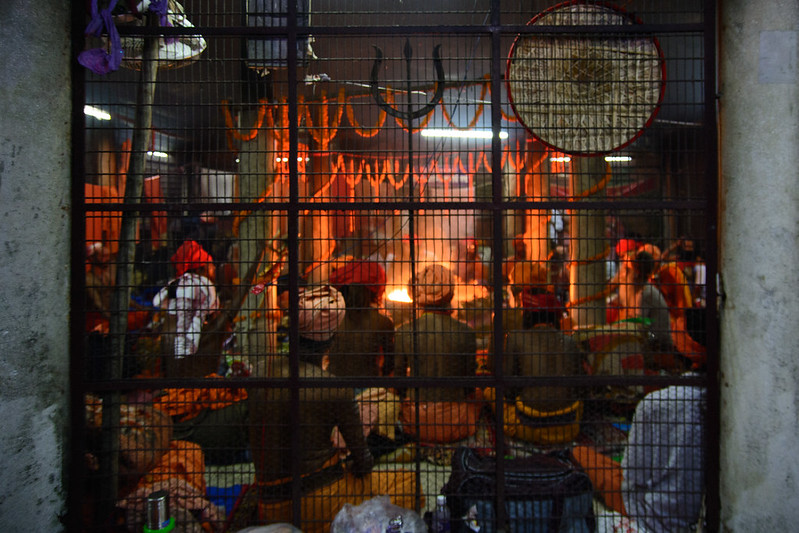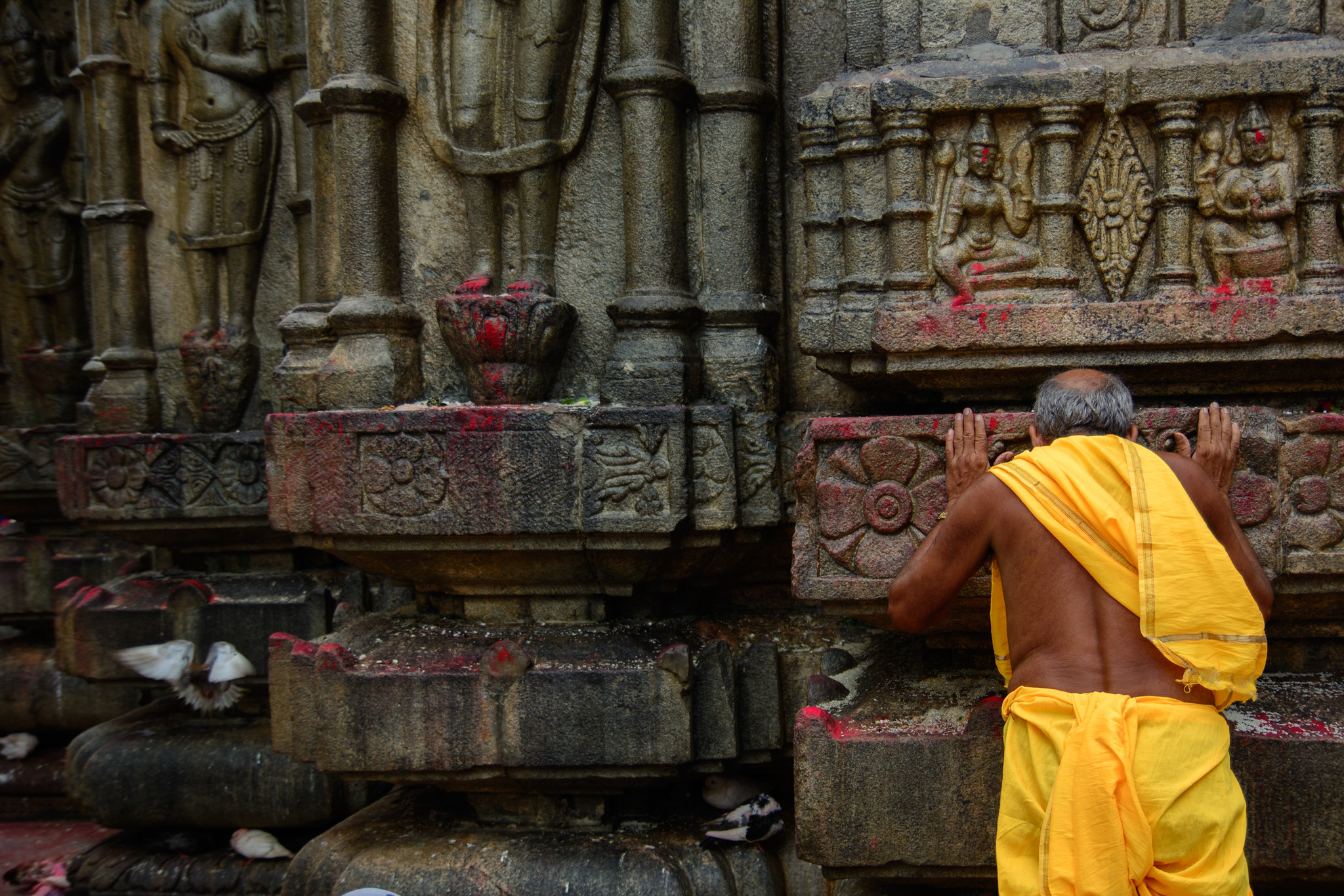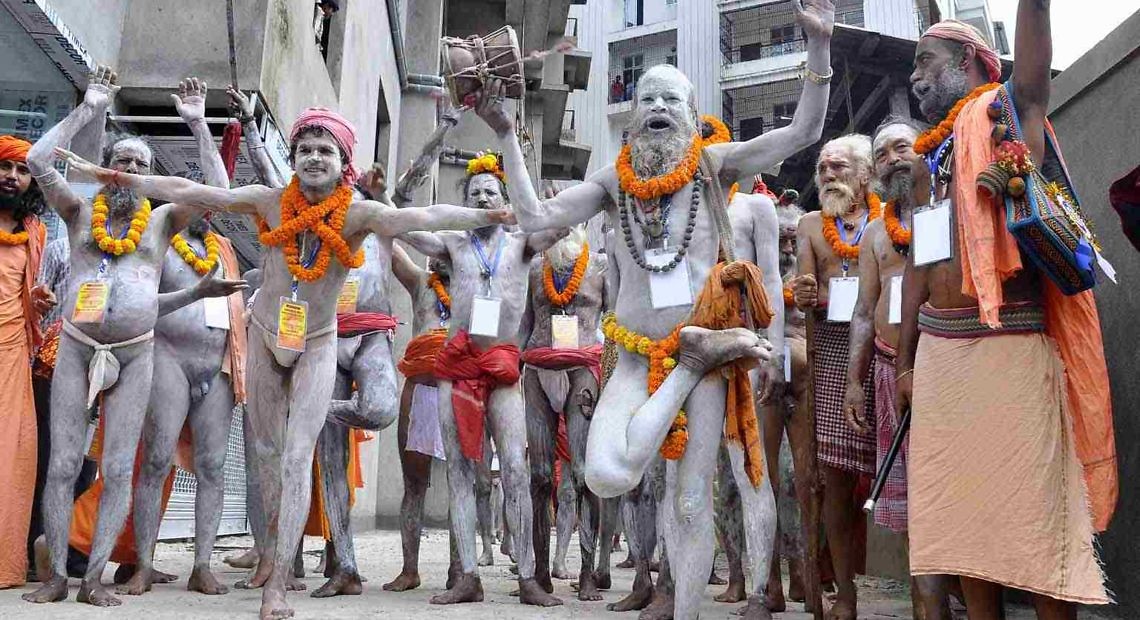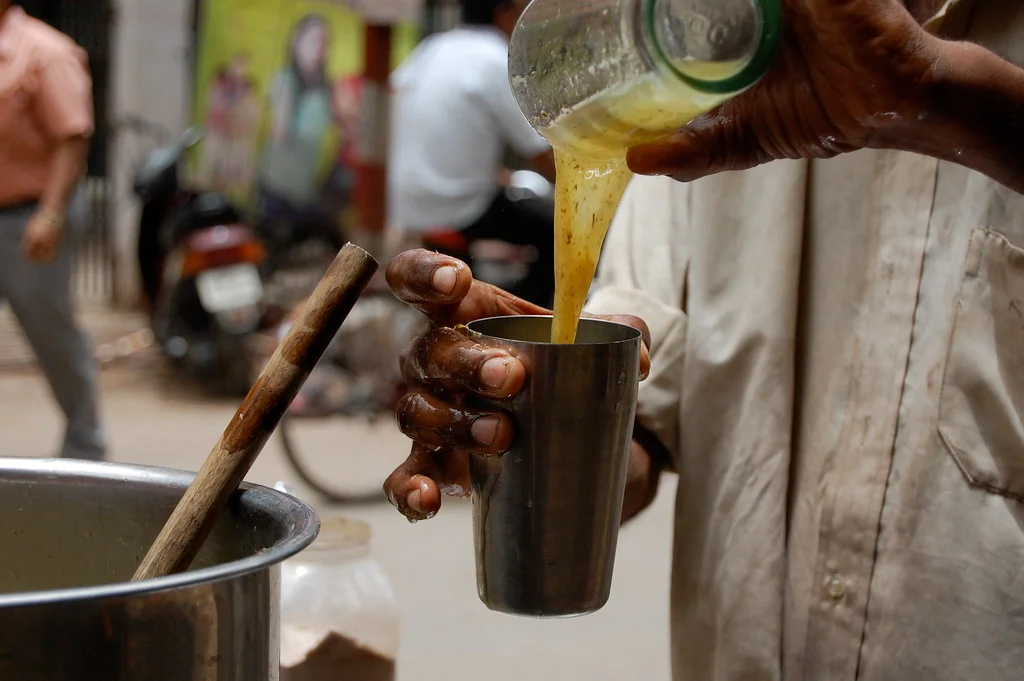India is an incredibly unique country. It has one of the most diverse populations in the world and this diverse population celebrates all kinds of festivals, some extremely strange and unique. One such festival is the Ambubachi Mela. While there still is a taboo attached to talking about menstruation openly in India, a temple nestled in the hills of Assam worships and celebrates this biological process.
The Story Behind Ambubachi Mela
There is a very interesting story behind the creation of this temple. It is believed that there are either 51 or 108 Shakti Peeths spread all over the Indian subcontinent according to various ancient Hindu texts. Legend has it that Sati convinced Shiva to attend a ‘yajna’ organized by her father despite no formal invitation being sent to them. Upon reaching, Sati saw her father insulting Shiva in front of other Gods and Goddesses. Unable to bear the insult of her husband who she dearly loved, Sati immolated herself. Witnessing his wife’s death, Shiva’s anger had no limits. He carried Sati’s burnt body and performed the dance of destruction, Tandav, to destroy the entire universe. He had to be stopped by Lord Vishnu, who had to cut Sati’s body with his chakra to calm the enraged Shiva. It is believed that Sati’s body parts fell in 51 or 108 locations across the country, which are today known as Shakti peeths. The place where her womb and vagina fell is what constitutes the Kamakhya temple.
When Is Ambubachi Celebrated
Every year during the monsoons, the serene Nilachal hills in Assam turn into a pilgrimage site for four days to mark the annual menstruation of the goddess at Kamakhya temple. It’s difficult to make your way through the bustling crowds during Ambubachi Mela. Every square inch of the ground is covered by thousands of energetic devotees, sadhus, sanyasis, and tantric who throng the holy gates and courtyards of Goddess Kamakhya’s temple.
Why the Celebrations
Devotees from different corners of India, Nepal, Bangladesh and a few other countries arrive at the temple to attend the Ambubachi Mela. Some gyrating to the nostalgic music, some lost in mystic chants, some puffing away to glory, or showcasing their deadlocks, but all bound together by one dedication and devotion for the Divine Mother.
It is believed that the four-day long festival is the most potent and sacred time for the Goddess. She is wild and alive in the palpable energy which is felt by all devotees. During the Ambubachi festival, goddess earth bleeds from the yoni which is covered for the first three days. Other temples in the region are also closed to the devotees. Inside the temple, the Yoni or the stone shrine is bathed daily and is offered a red silk cloth for Her menstrual flow. This red cloth is of utmost significance to the devotees who wish to take a part of it to their homes or tie it around their wrists. On the fourth day of the festival, the temple gates are open for the devotees who wait for hours just to get a glimpse of the Goddess.
The Harsh Realities
What truly is commendable here is the attitude of devotees towards the menstrual blood who instead of shunning it away or considering it impure, believe it to be a sacred blessing of the Goddess. In a country where women are still considered impure when they are menstruating and are also subjected to some inhuman practices and restrictions, Kamakhya Temple offers a positive sign and indicates the possibility of overcoming such beliefs.
But here again other set of questions arise, are we willing to sensitize people to the millions of women who bleed every month? Does the worship of a menstruating goddess result in praxis or is it simply the perpetuation of dual standards? This year Ambubachi Mela will be celebrated from the 22 June till the 25 June, 2019. Do not miss this experience for anything. Witness the crowds bathed in the red of their devotion.
Last Updated on June 5, 2020 by Harpreet Janeja
